Fondazione Bisazza sheds new light on Nobuyoshi Araki’s sensual photo works
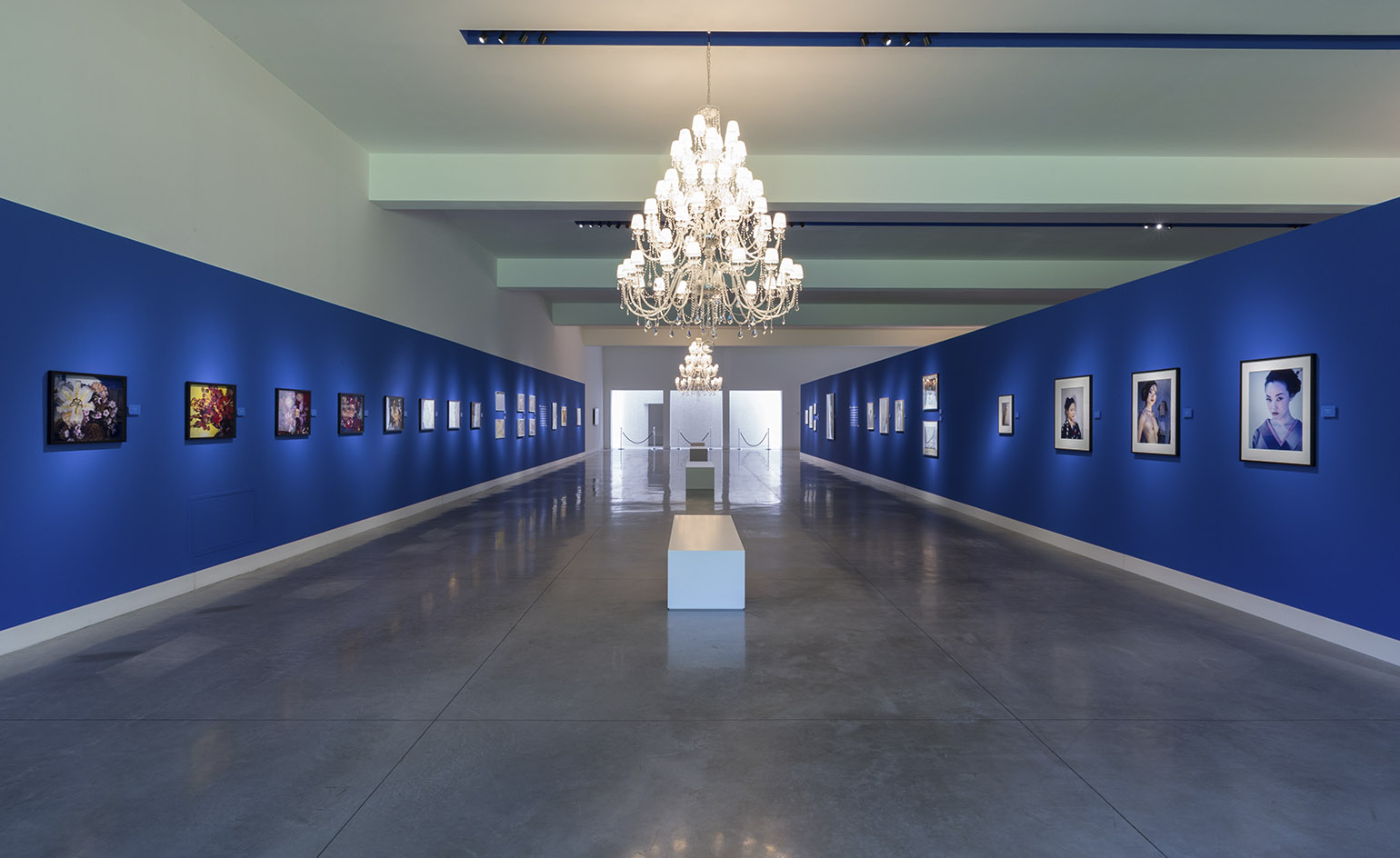
What do Nobuyoshi Araki and Bisazza tiles have in common? You wouldn’t think much, but the latest exhibition of Araki’s evocative – and occasionally controversial – works at the mosaic company’s impressive foundation in Vicenza shows them in a whole new light.
It all started in 2009, when Piero Bisazza invited the Japanese photographer to shoot a mosaic campaign. ‘I’ve always admired Araki's photographic style, in particular his use of colour,’ he explains. ‘In our advertising campaign, Araki was able to harmoniously match the brilliance of the golden mosaic with the vivid colours of the models’ kimonos.’
In 2015, the foundation opened a gallery space housing a series of architectural photographs by the likes of Candida Höfer, Julius Shulman and Hiroshi Sugimoto. These have become permanent installations, following various collaborations celebrated across the rest of the foundation: from Jaime Hayon’s playful ‘Pixel Ballet’ (2007) to Marcel Wanders’ ‘Bisazza Motel’ (2004).
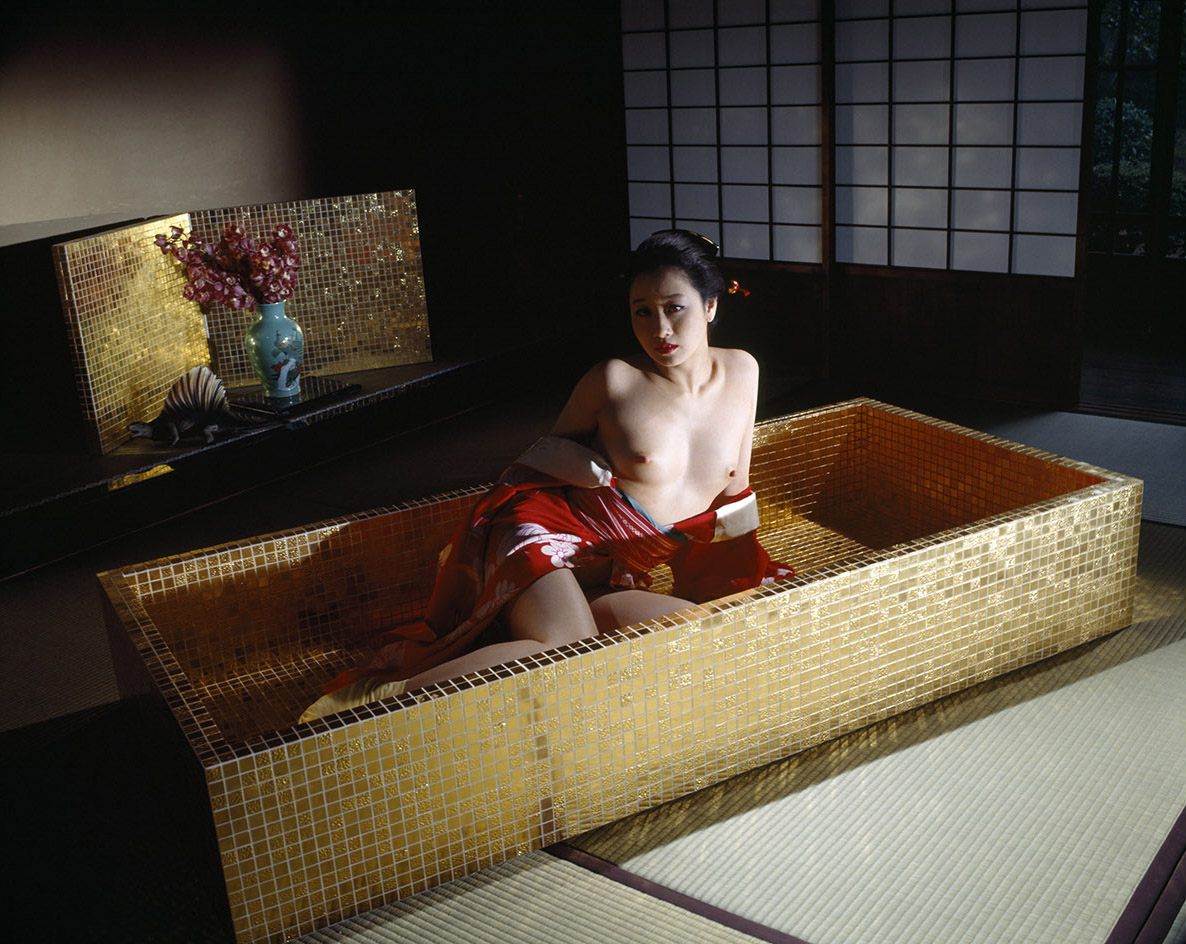
Bisazza campaign, 2009
‘We want visitors to the Bisazza Foundation to embark on a journey of discovery, with an element of surprise as they pass through the different sections of the foundation,’ explains curator Filippo Maggia. It certainly is a jolt to the senses when the subject suddenly changes from mosaic planes and chairs to Araki’s images of kinbaku (Japanese bondage).
Maggia wanted to explore Araki’s more recent work, to put the installation in the context of the 2009 campaign. The exhibition spans Araki’s oeuvre, from his intimate Sentimental Journey series – which documented his honeymoon with his late wife Yoko – through to Love on the Left Eye, comprising partially blacked out photographs, a nod to the retinal artery obstruction in his right eye.
Those familiar with Araki’s work will see his usual themes appear: females and florals to begin with, in subtle dytiques with complex colours, which he divides with a piece of clear tape. The intensity grows with his homage to Japanese bondage in Suicide in Tokyo. Araki fans will know, too, there are more innocent motifs. Facial expressions of discomfort are juxtaposed with satisfaction; later in the exhibition, slightly humorous plastic dragons appear at random in the shots, a representation of Araki himself in the image.
As the exhibition closes, you are reminded of where you are again, with a making of video of the Bisazza campaign showing the maestro at work. Araki is depicted physically painting the tiles to build the extraordinary images, evincing the sheer soul of the foundation and how it is so much more than just a mosaic tile emporium – rather, holding a strong connection to the rest of the creative world, too.
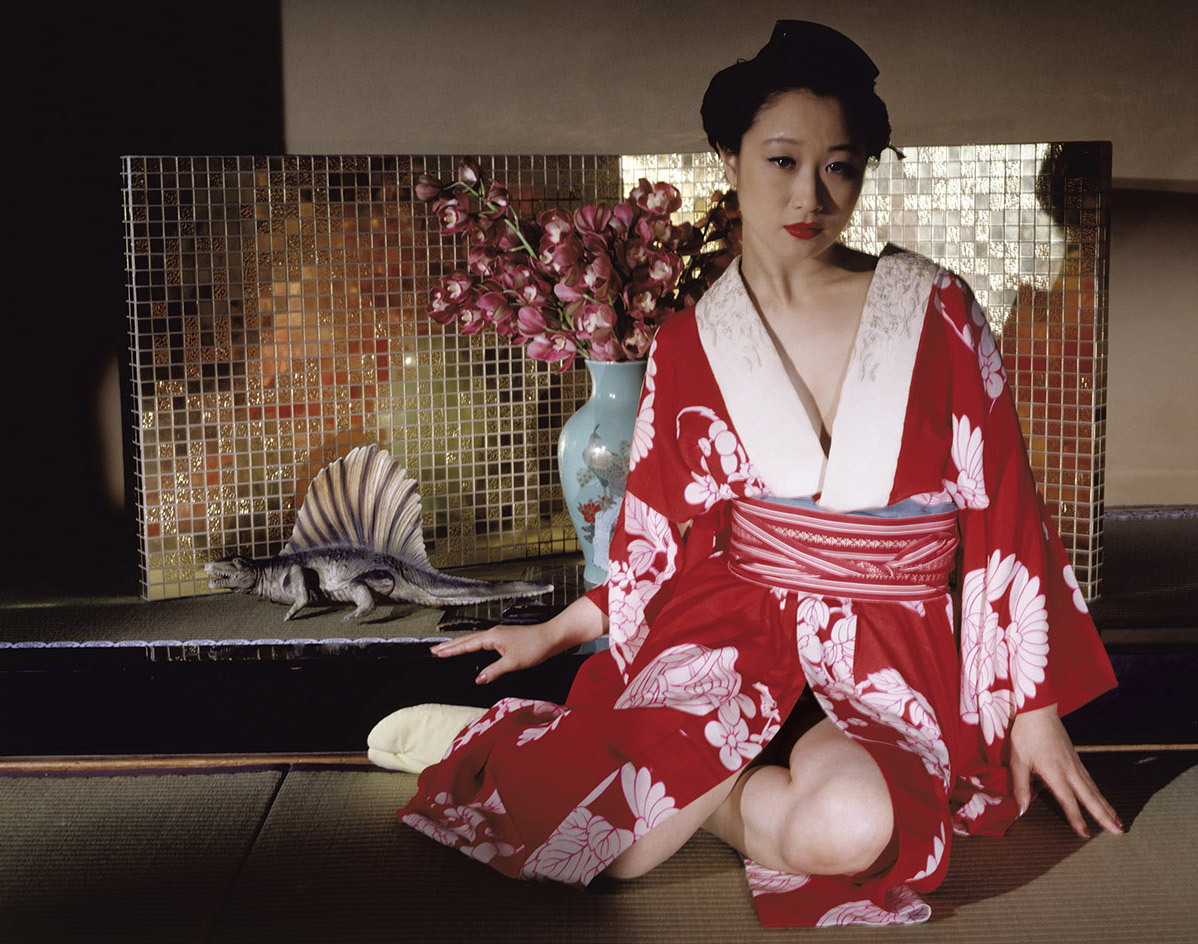
Bisazza’s 2009 tile campaign, shot by Araki. Courtesy Fondazione Bisazza
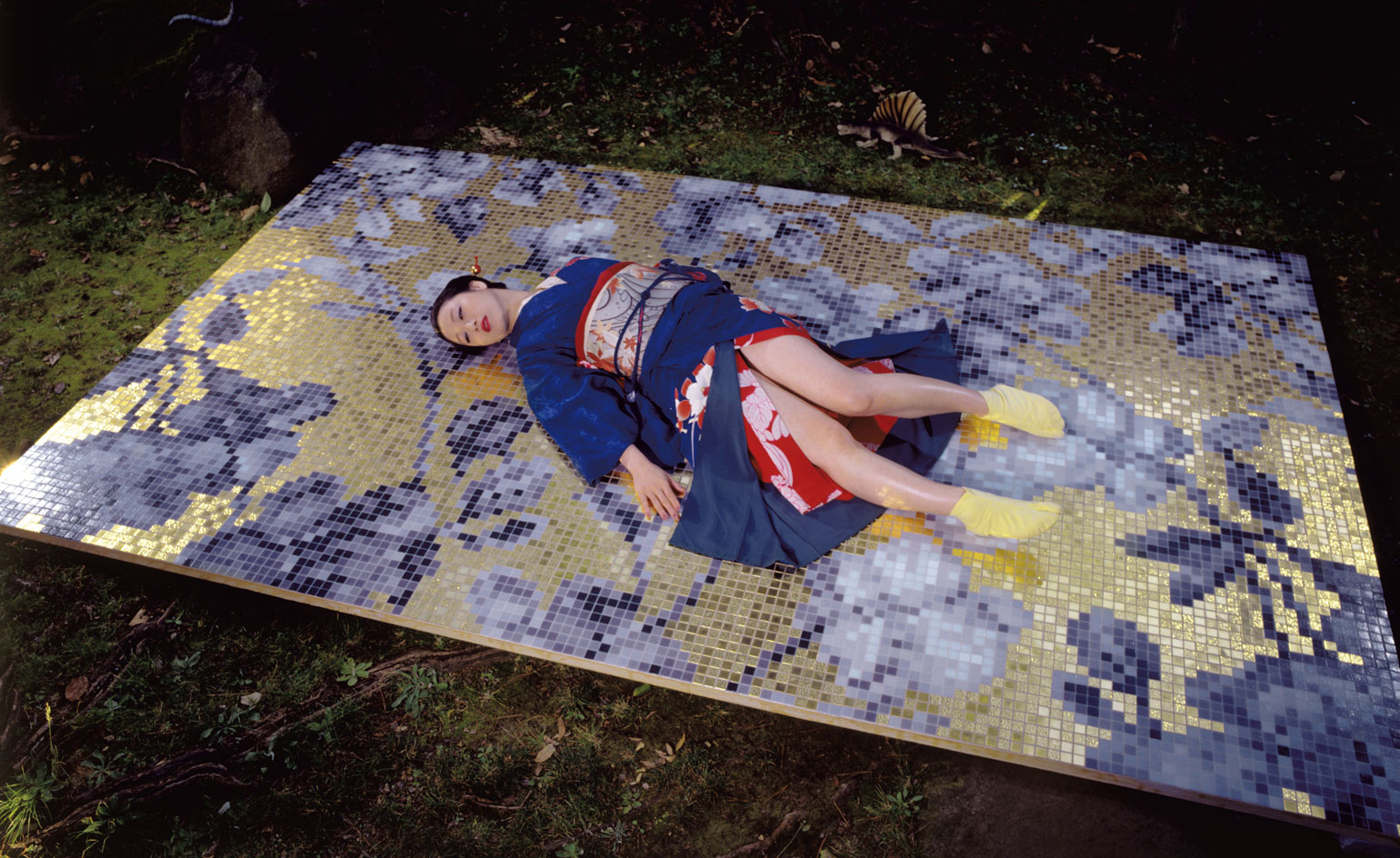
For the 2009 campaign, Araki included the rope-bound females that appear in his work. Courtesy Fondazione Bisazza
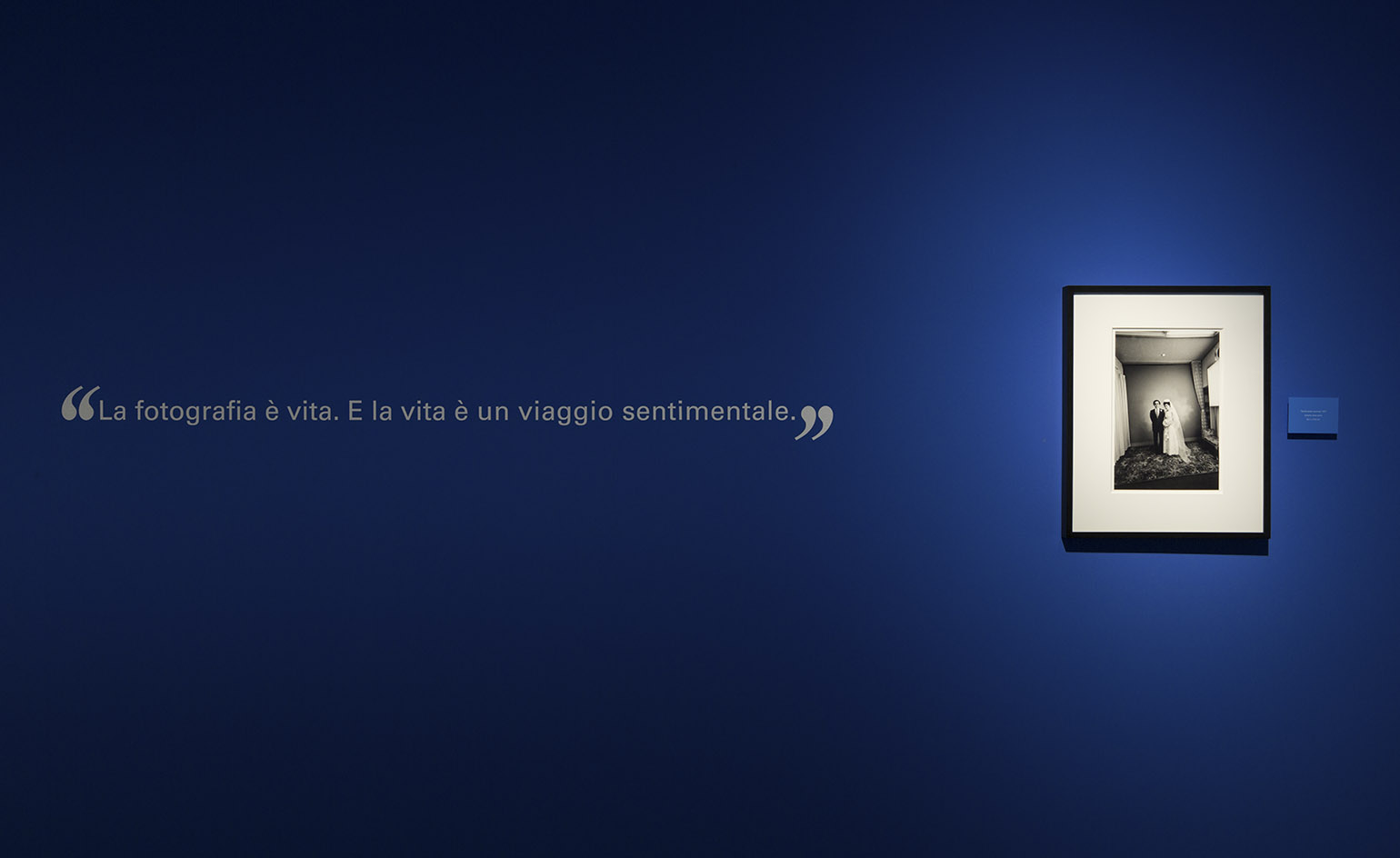
The show begins with the intimate ’Sentimental Journey’ series, that documents Araki’s honeymoon with his late wife Yoko.
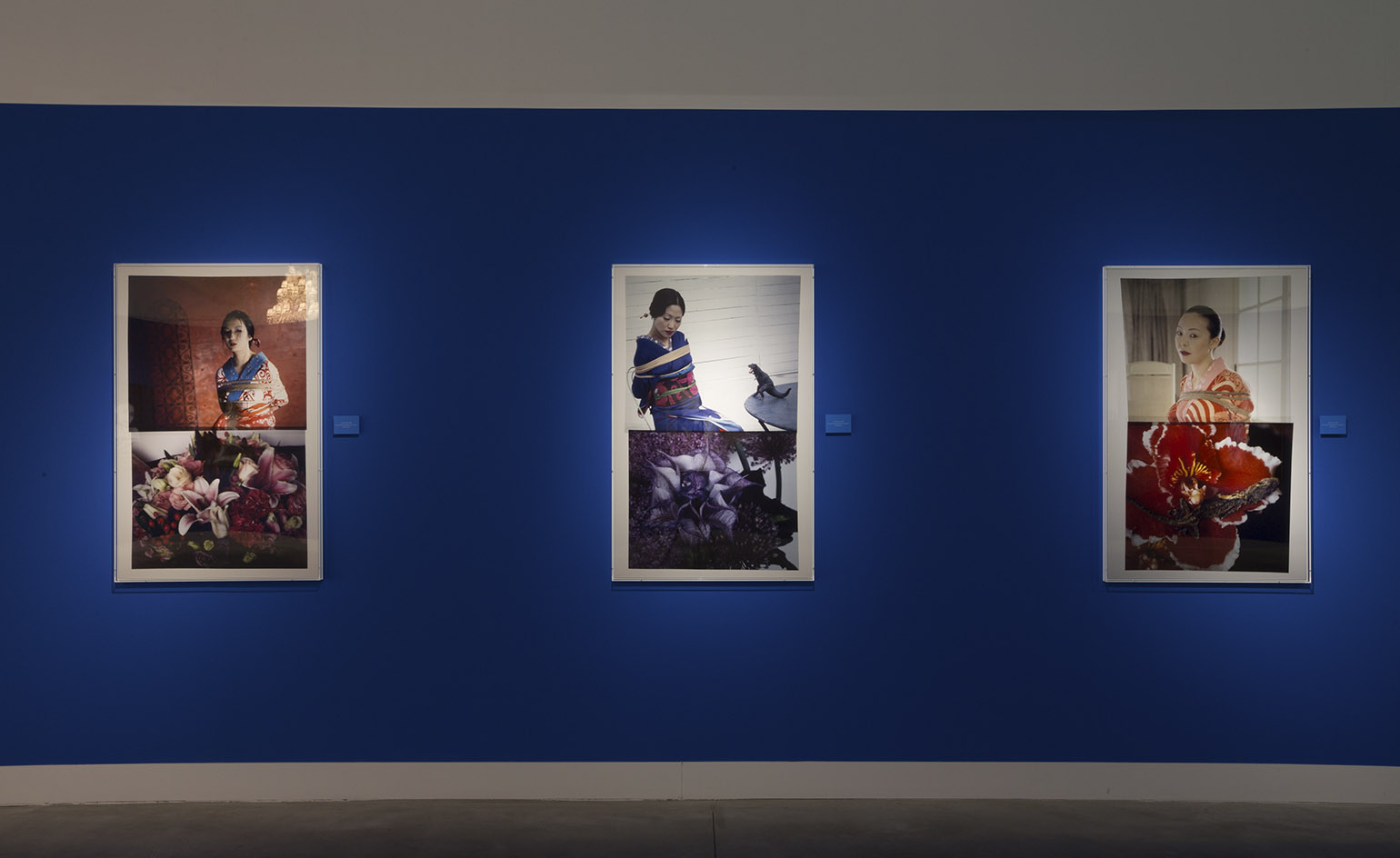
Araki’s subtle dyptiques of women juxtaposed with florals.
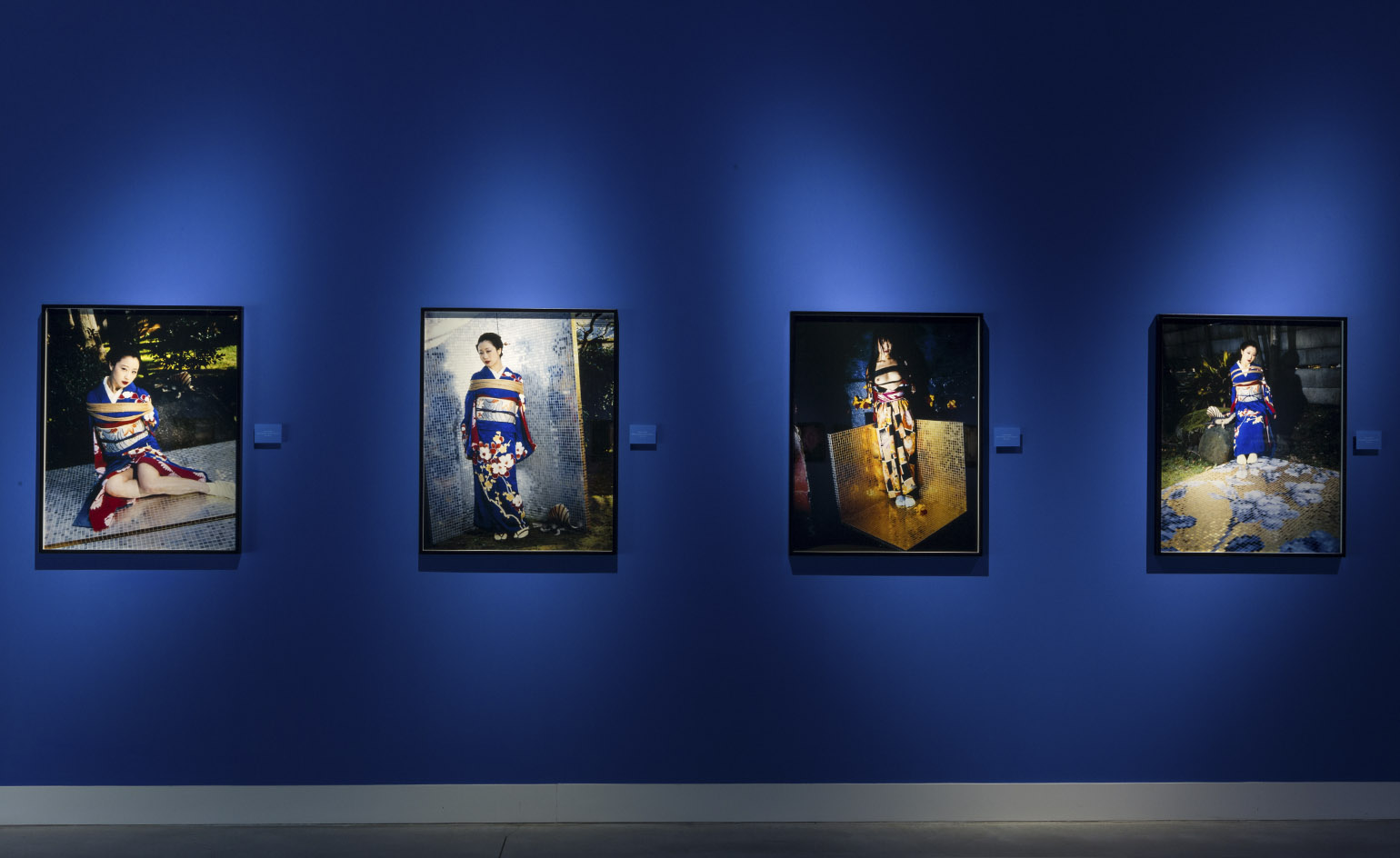
The exhibition is mounted on an intense blue backdrop.
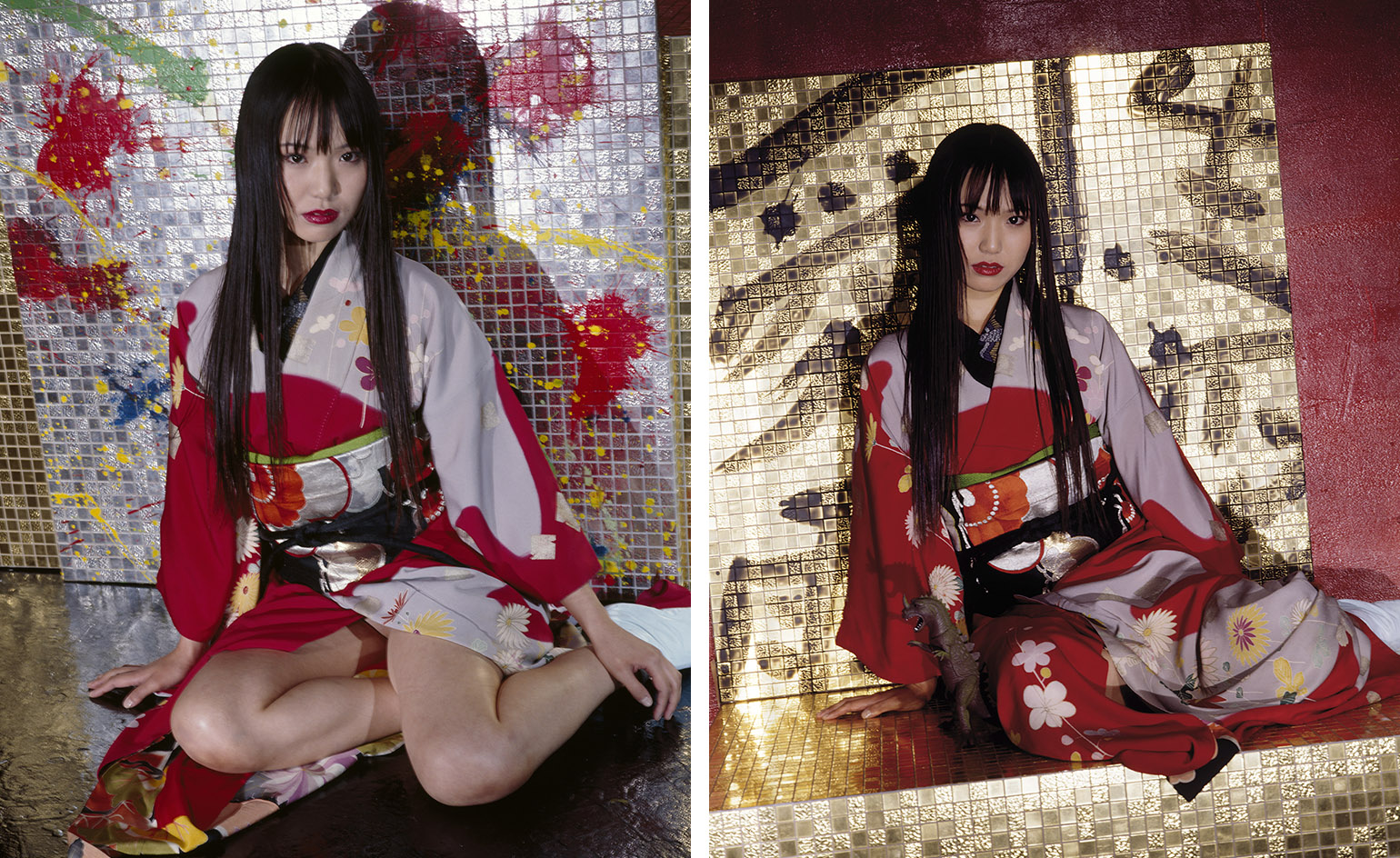
For the campaign, Araki painted directly onto the tiles. Courtesy Fondazione Bisazza
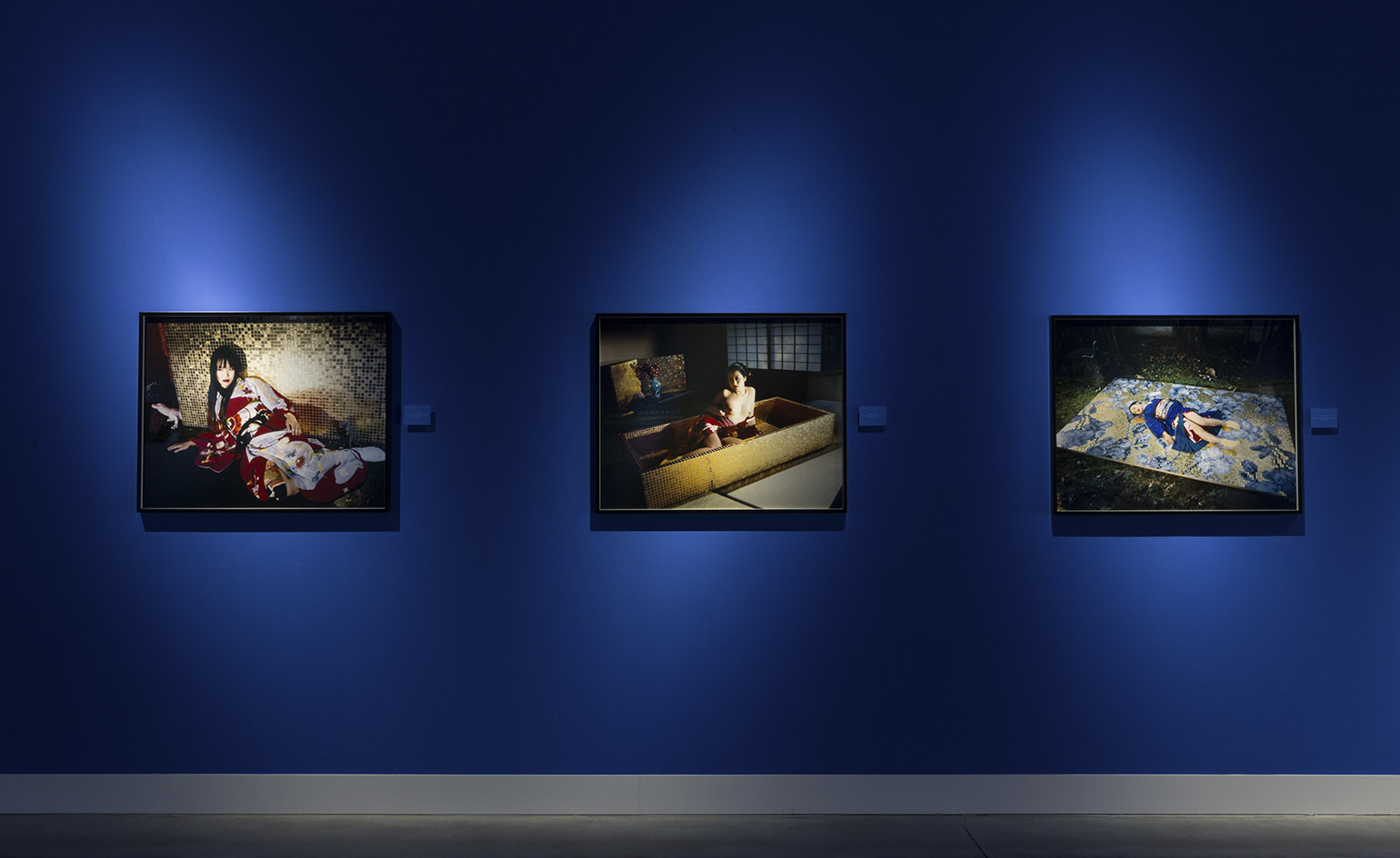
Araki’s 2009 Bisazza campaign is on view at the exhibition. Courtesy Fondazione Bisazza
INFORMATION
‘Araki’ is on view until 3 December. For more information, visit the Fondazione Bisazza website
ADDRESS
Fondazione Bisazza
Viale Milano, 56
Montecchio Maggiore VI
Italy 36075
Wallpaper* Newsletter
Receive our daily digest of inspiration, escapism and design stories from around the world direct to your inbox.
Sujata Burman is a writer and editor based in London, specialising in design and culture. She was Digital Design Editor at Wallpaper* before moving to her current role of Head of Content at London Design Festival and London Design Biennale where she is expanding the content offering of the showcases. Over the past decade, Sujata has written for global design and culture publications, and has been a speaker, moderator and judge for institutions and brands including RIBA, D&AD, Design Museum and Design Miami/. In 2019, she co-authored her first book, An Opinionated Guide to London Architecture, published by Hoxton Mini Press, which was driven by her aim to make the fields of design and architecture accessible to wider audiences.
-
 Tour the best contemporary tea houses around the world
Tour the best contemporary tea houses around the worldCelebrate the world’s most unique tea houses, from Melbourne to Stockholm, with a new book by Wallpaper’s Léa Teuscher
By Léa Teuscher
-
 ‘Humour is foundational’: artist Ella Kruglyanskaya on painting as a ‘highly questionable’ pursuit
‘Humour is foundational’: artist Ella Kruglyanskaya on painting as a ‘highly questionable’ pursuitElla Kruglyanskaya’s exhibition, ‘Shadows’ at Thomas Dane Gallery, is the first in a series of three this year, with openings in Basel and New York to follow
By Hannah Silver
-
 Australian bathhouse ‘About Time’ bridges softness and brutalism
Australian bathhouse ‘About Time’ bridges softness and brutalism‘About Time’, an Australian bathhouse designed by Goss Studio, balances brutalist architecture and the softness of natural patina in a Japanese-inspired wellness hub
By Ellie Stathaki
-
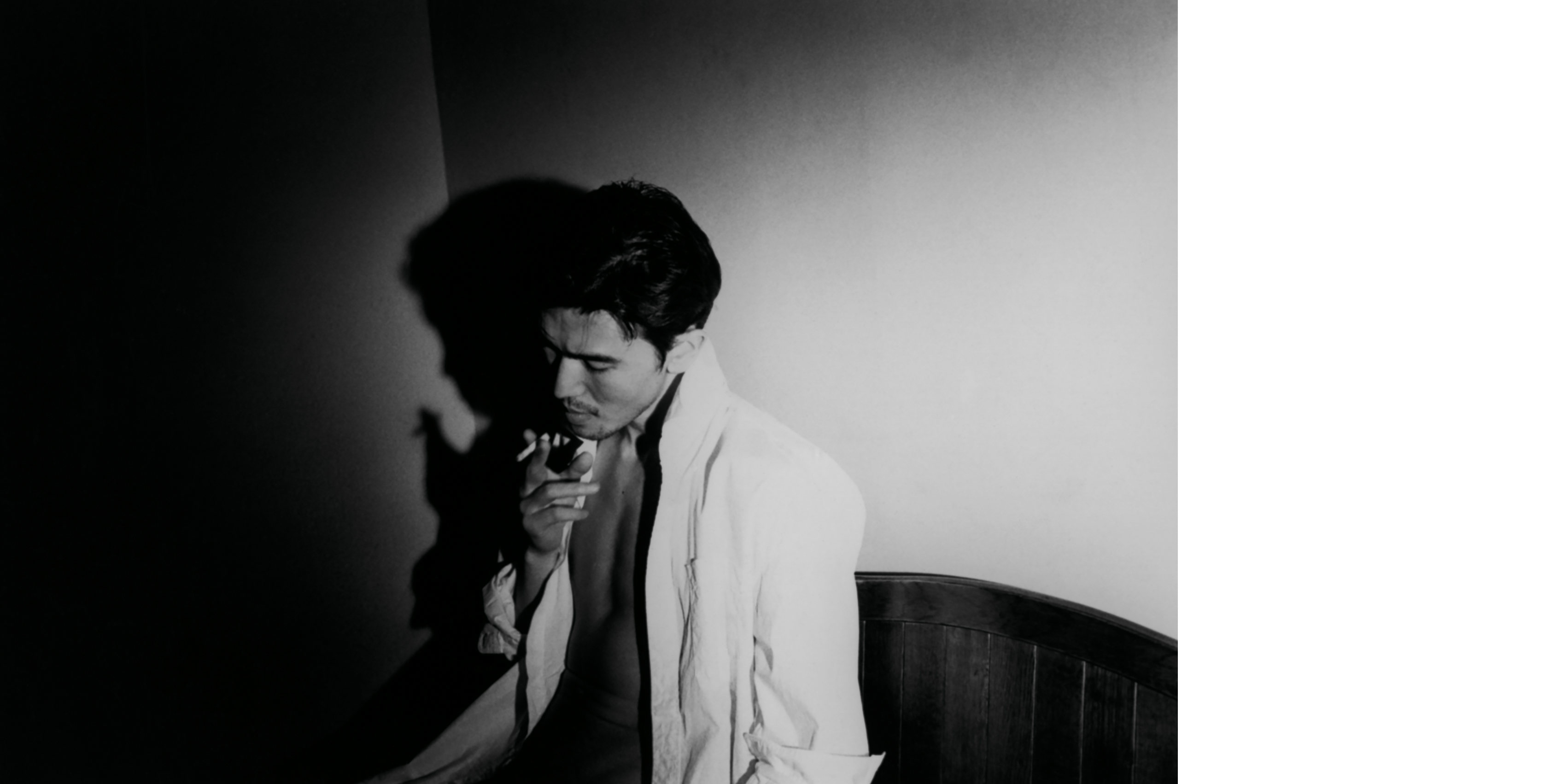 'I’m So Happy You Are Here': discover the work of Japanese women photographers
'I’m So Happy You Are Here': discover the work of Japanese women photographersSubtitled ‘Japanese Women Photographers from the 1950s to Now’, this new monograph from Aperture is a fascinating insight into a critically overlooked body of work
By Jonathan Bell
-
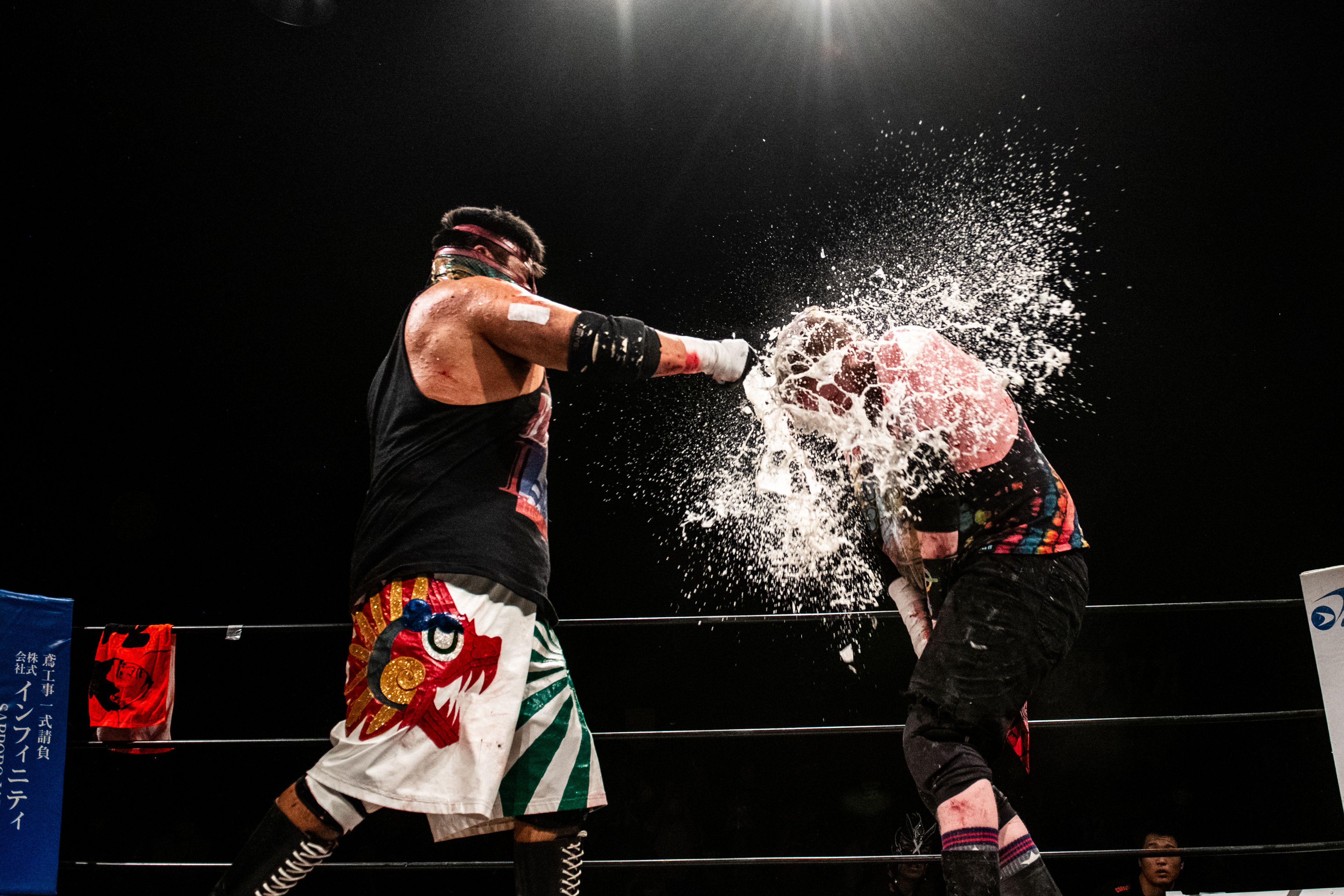 Deathmatch wrestling’s behind-the-scenes moments and bloody glory
Deathmatch wrestling’s behind-the-scenes moments and bloody gloryA new limited-edition book explores the intersection between art and deathmatch wrestling at a sold-out show held in Tokyo
By Anne Soward
-
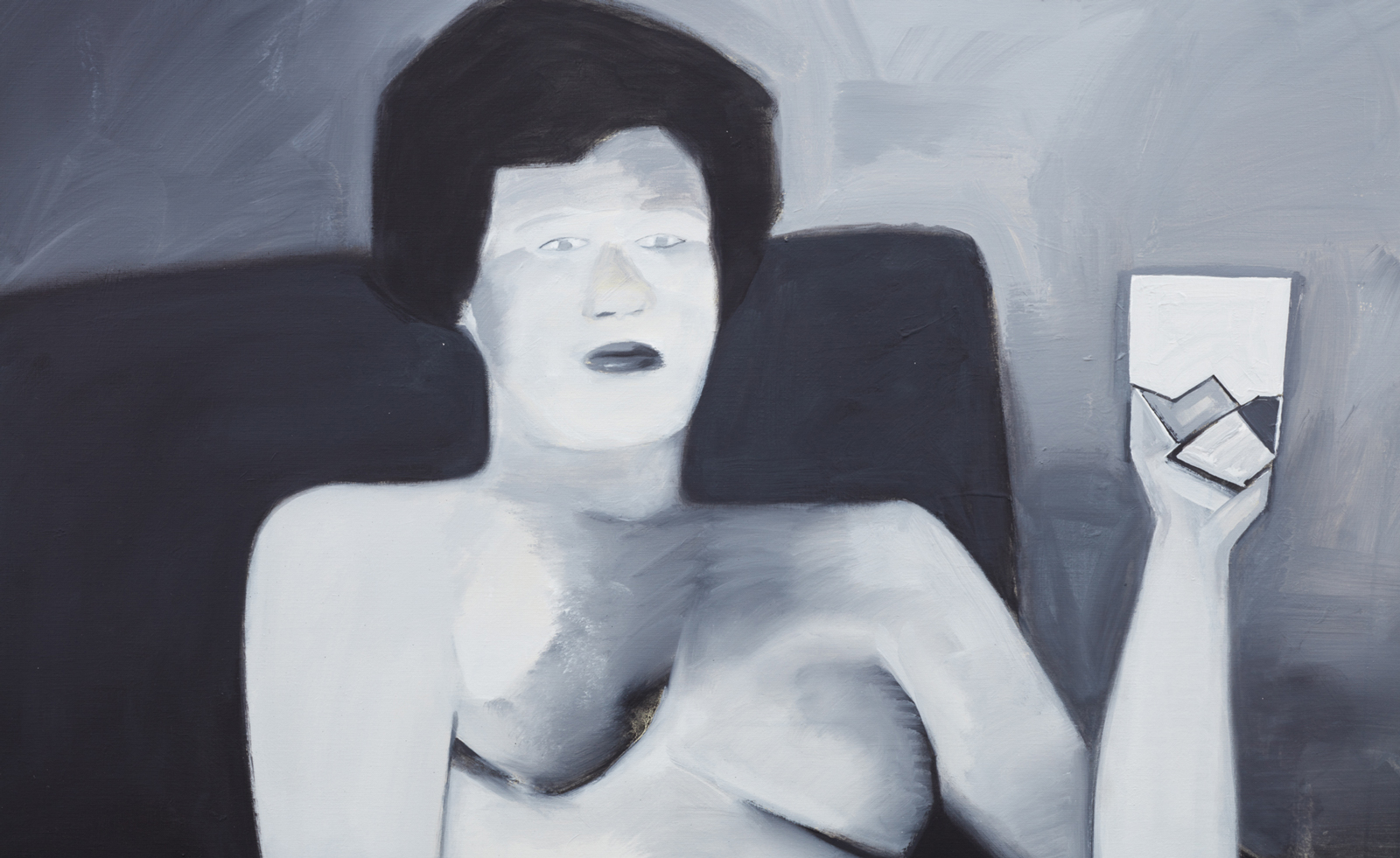 BLUM marks 30 years of Japanese contemporary art in America
BLUM marks 30 years of Japanese contemporary art in AmericaBLUM will take ‘Thirty Years: Written with a Splash of Blood’ to its New York space in September 2024, continuing its celebration of Japanese contemporary art in America
By Timothy Anscombe-Bell
-
 Olafur Eliasson inaugurates Azabudai Hills Gallery in Tokyo
Olafur Eliasson inaugurates Azabudai Hills Gallery in TokyoOlafur Eliasson marks launch of Azabudai Hills Gallery, in Tokyo’s major new district, with a show of elemental strength
By Danielle Demetriou
-
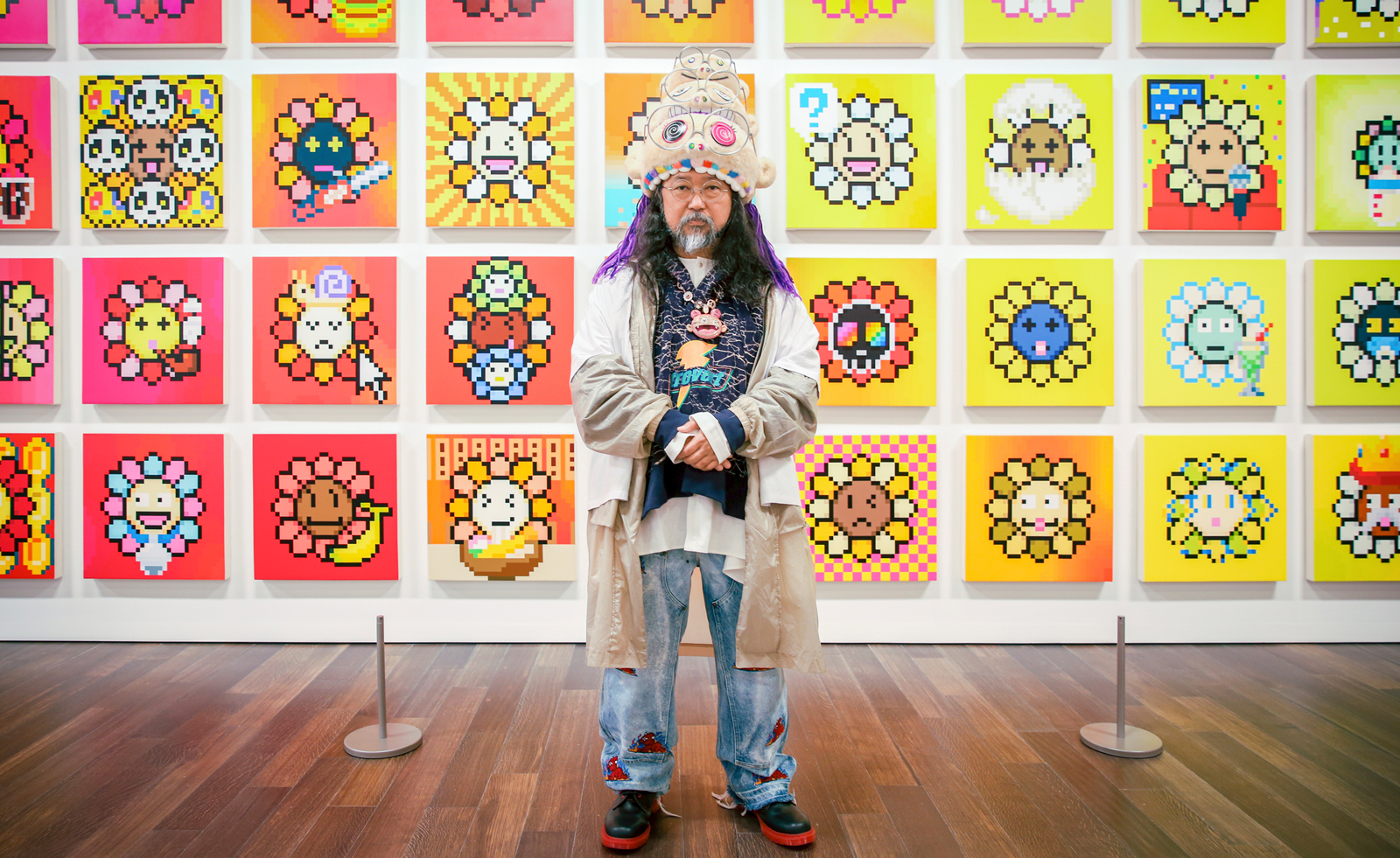 Takashi Murakami on his monsterizing San Francisco show
Takashi Murakami on his monsterizing San Francisco showTakashi Murakami tells us of pandemic-inspired creatures, eye-popping flowers, and NFTs as he explains the making of his exhibition at Asian Art Museum in San Francisco
By Pei-Ru Keh
-
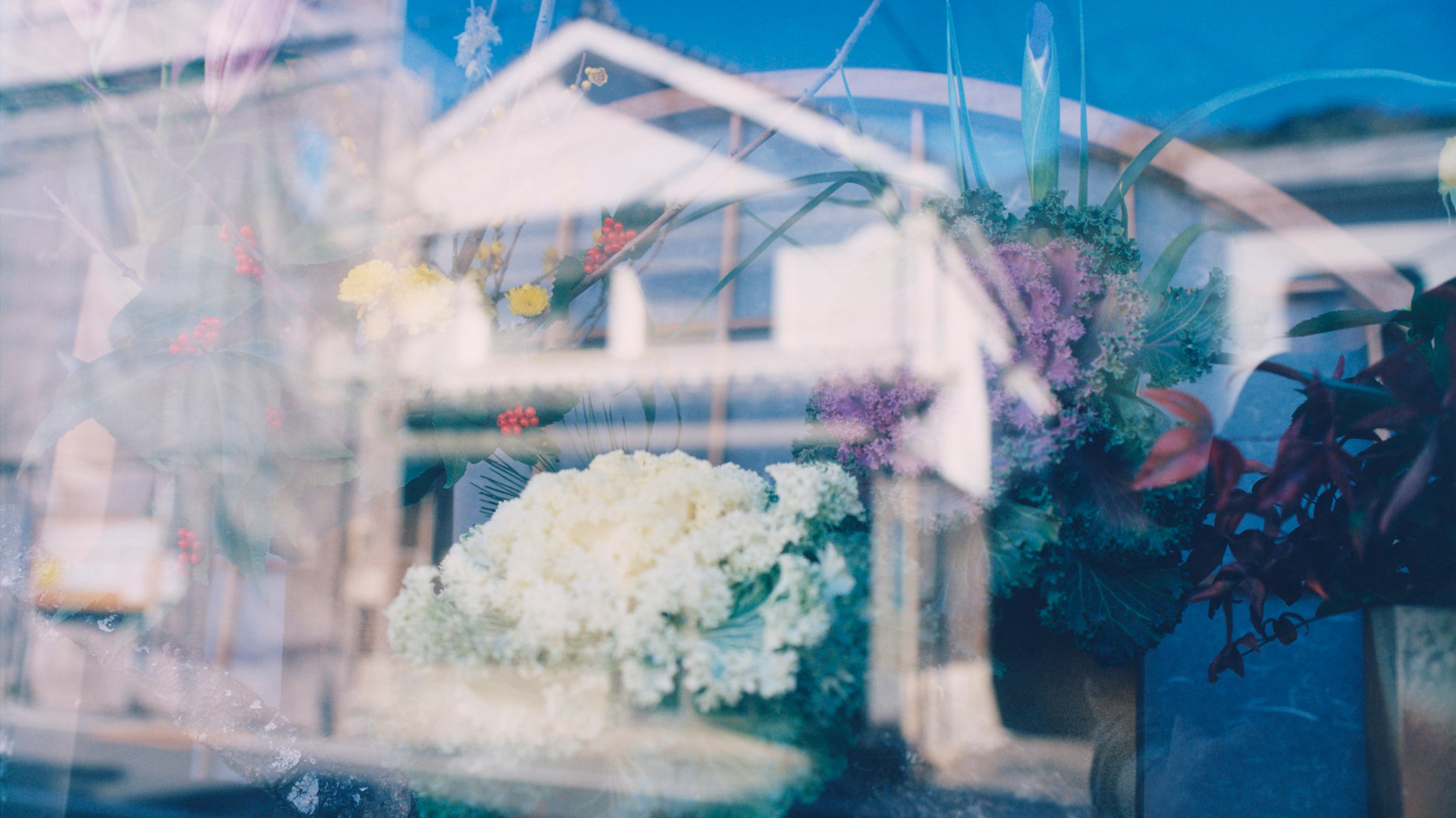 Photographer David Abrahams captures quiet moments in Japan for his new London show
Photographer David Abrahams captures quiet moments in Japan for his new London show‘Kyushu’ is a new show from photographer David Abrahams that documents his trip to a town on the Japanese island
By Mary Cleary
-
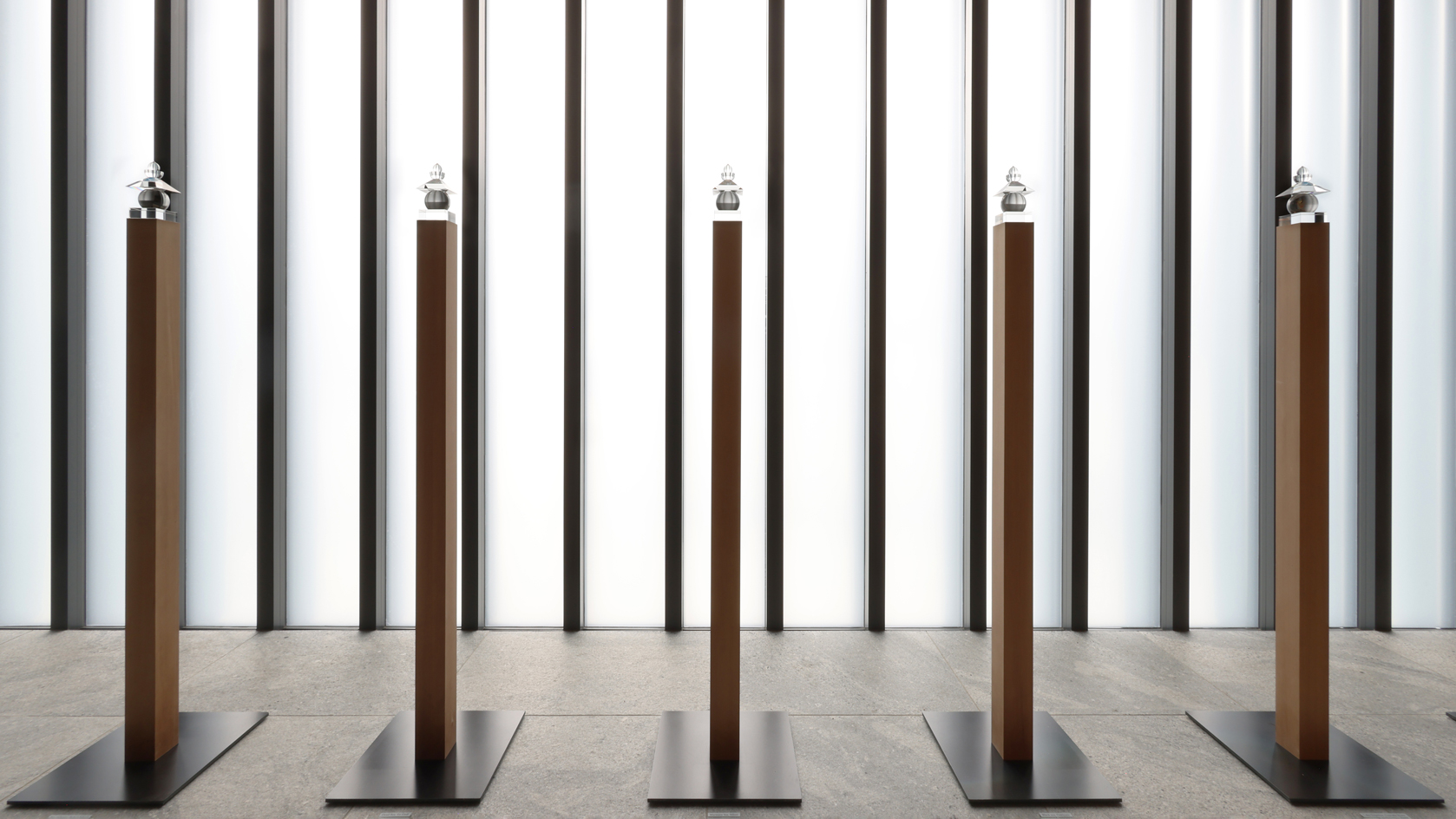 Hiroshi Sugimoto: ‘The deeper I explore Shinto and Buddhist art, the more it reveals the shallowness of contemporary art’
Hiroshi Sugimoto: ‘The deeper I explore Shinto and Buddhist art, the more it reveals the shallowness of contemporary art’‘Hiroshi Sugimoto – The Descent of the Kasuga Spirit’, at the Kasuga-Taisha shrine in Nara, Japan, sees the acclaimed photographer draw on Japan’s spiritual past and present
By Minako Norimatsu
-
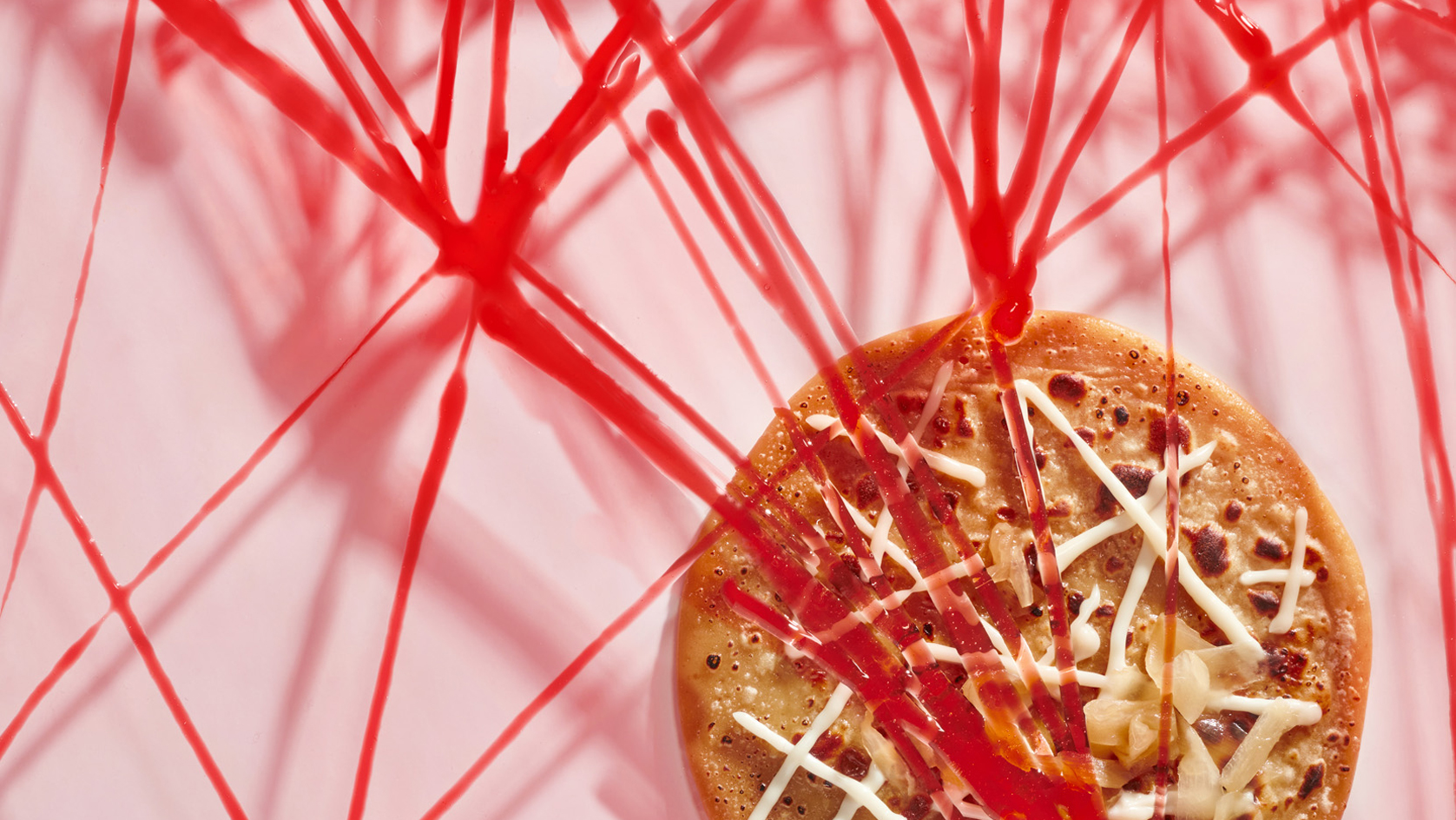 Artist’s Palate: Chiharu Shiota’s recipe for okonomiyaki
Artist’s Palate: Chiharu Shiota’s recipe for okonomiyakiGet tangled up in Chiharu Shiota’s recipe for okonomiyaki, from our January 2023 issue’s Artist’s Palate feature, a Wallpaper* homage to our favourite contemporary art
By TF Chan